Table of Contents
- A New Age Begins
- The Fall of the Platform Empires
- Bitcoin: The Treasury Layer of a New Civilization
- Micro Treasury Companies: The Next Evolution of Capital
- AI Agents: The Workforce of the Sovereign Individual
- Decentralized Apps: Rebuilding the Internet From Scratch
- Tokenized Everything: A Borderless Financial System
- The Post-Platform Era: A Future Without Gatekeepers
- Digitallik and DGTK: A Case Study in the Sovereign Stack
- Closing Thoughts: The Builders of the Next World

Chapter 1: A New Age Begins
In every generation, there is a moment when the old world quietly fractures and something new begins to rise, almost imperceptibly at first.
This is one of those moments.
Across the world, centralized systems are eroding. Banks inflate away savings. Governments struggle to contain the monster they created in debt and bureaucracy. Social platforms harvest data and stifle dissent in the name of moderation.
But beneath the surface, a counterforce is accelerating.
It is decentralized. It is sovereign. It is global.
And it runs on Bitcoin, AI, and code.
This is not science fiction. It’s already happening.
The future isn’t Facebook 2.0.
The future is a sovereign stack where individuals hold their own keys, automate their own economy, and shape their own networks.
The transition won’t be announced on the news. It’ll happen in parallel, until the old world realizes it’s been replaced.

Chapter 2: The Fall of the Platform Empires
In the 2000s, Web2 gave the illusion of freedom. Anyone could join. Anyone could post. You had a voice, a profile, a digital identity. But over time, the curtain was pulled back.
Facebook sold your data.
YouTube demonetized your views.
Instagram fed you algorithmic dopamine.
Banks tracked and limited your financial actions.
These companies grew massive not by empowering users, but by extracting from them.
They promised connection, but delivered control.
They promised freedom, but sold surveillance.
Just like IBM lost to Microsoft.
Just like Microsoft lost to Google.
Just like MySpace lost to Facebook.
Facebook will lose to the protocols.
Why?
Because the new networks don’t rely on ad revenue. They rely on ownership.
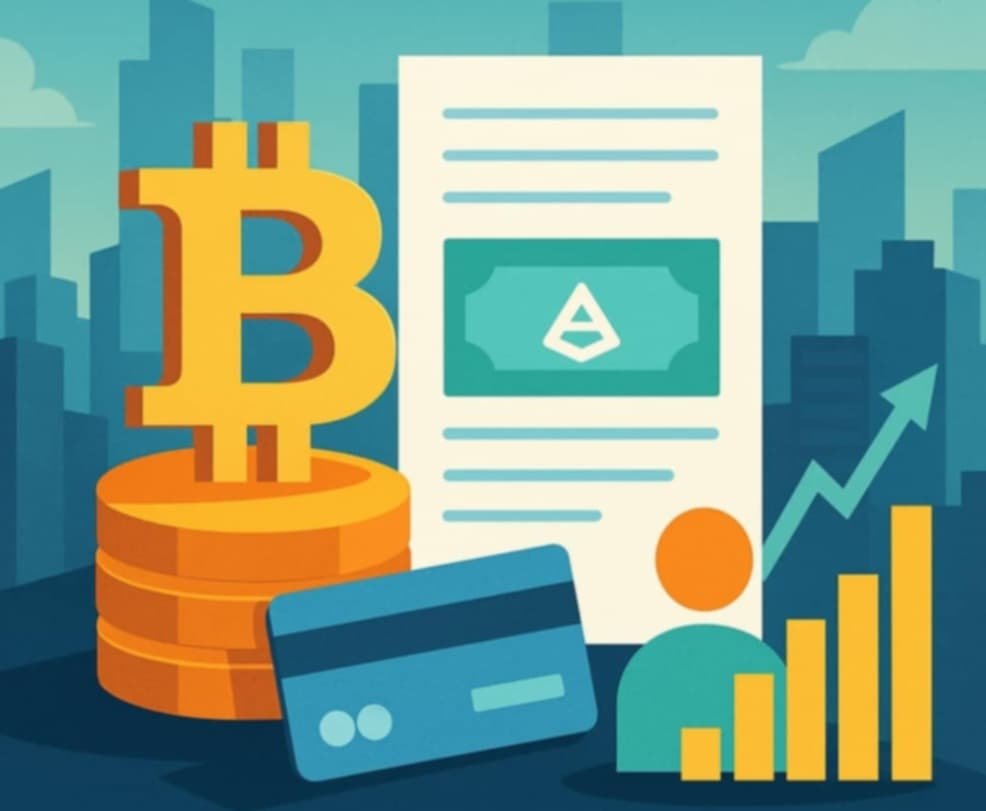
Chapter 3: Bitcoin — The Treasury Layer of a New Civilization
To build a sovereign system, you need a sovereign asset. One immune to inflation, censorship, and state seizure. That asset is Bitcoin.
Bitcoin is not a tech stock.
It is not just digital gold.
It is programmable property, secured by physics and game theory.
It has no CEO
No country
No downtime
No printing press
It is the most secure monetary network in human history, and it runs without permission, every 10 minutes, forever.
In the 1800s, the U.S. frontier was settled by those with wagons and land deeds.
In the 2020s, the new frontier is being settled by those with wallets and seed phrases.
Bitcoin is not just an asset, it’s the bedrock of decentralized civilization.
That’s why sovereign micro-economies are being built on top of it.
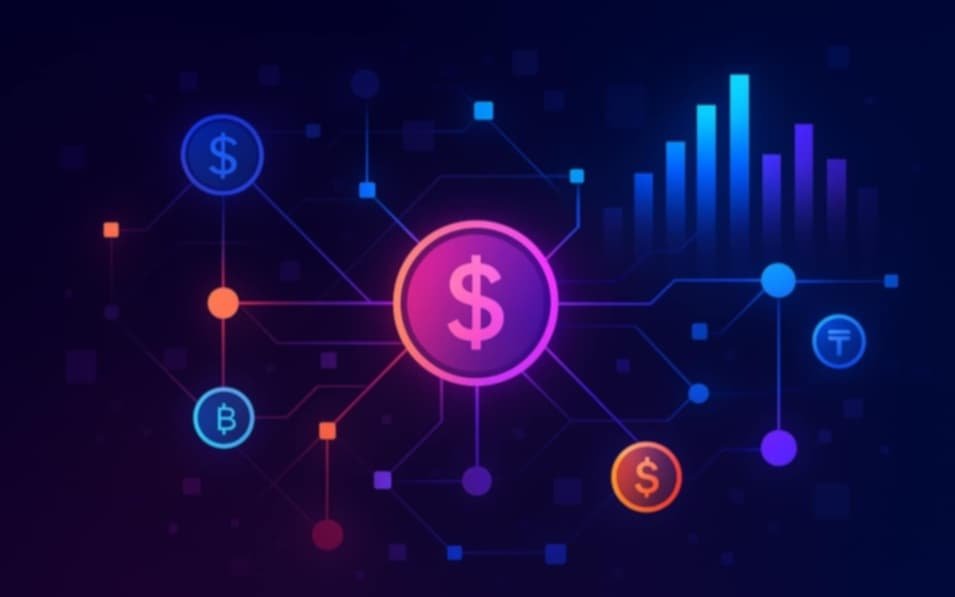
Chapter 4: Micro Treasury Companies — The Next Evolution of Capital
Imagine a company with no headquarters, no debt, and no need to ask banks for permission.
It holds Bitcoin and tokenized T-bills as its treasury.
It earns revenue on-chain.
It distributes rewards automatically.
It grows through contributors, not employees.
This is not a fantasy. It’s the model emerging from projects like Digitallik Token and others building the Sovereign Stack.
These are Micro Treasury Companies — lean, permissionless, unstoppable.
They don’t chase VC funding. They don’t follow quarterly earnings. They operate like code-based micro-nations — agile, transparent, and self-funding.
Comparison:
Traditional Company:
USD-based treasury
Employees and HR overhead
Banks, licenses, gatekeepers
Ad-based or subscription revenue
Micro Treasury Company:
Bitcoin and tokenized yield
AI agents and contributors
Smart contracts and DeFi rails
Token and service-based flows
These entities won’t replace Apple or Amazon.
They’ll replace the need for them within niche verticals that don’t require centralization.
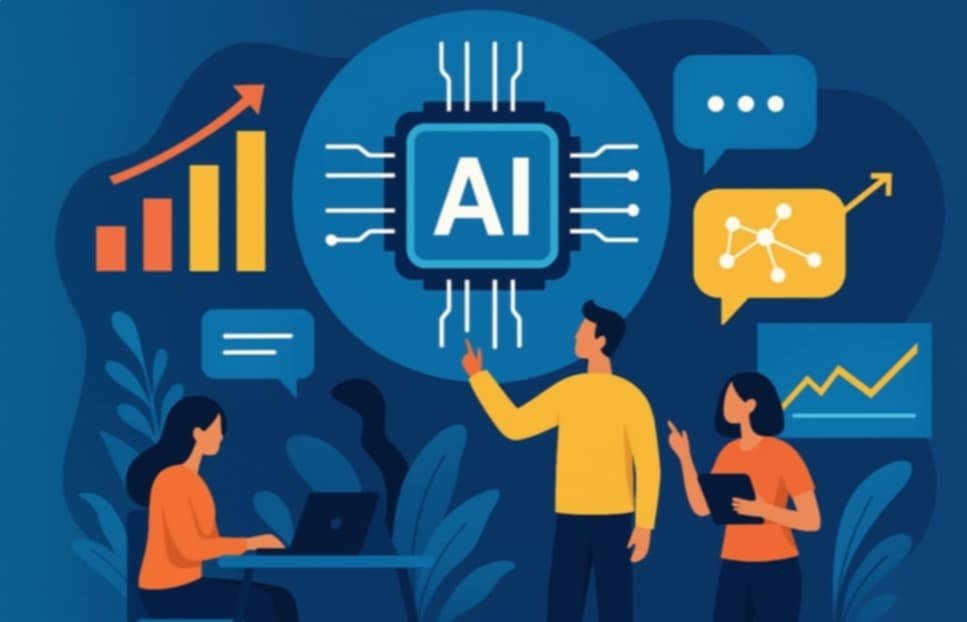
Chapter 5: AI Agents — The Workforce of the Sovereign Individual
In the old world, building a company required teams, meetings, management layers, and overhead.
In the new world, it requires code and computation.
AI is the great equalizer.
What used to take a team of ten can now be done by one person and three AI agents:
An AI for writing and media
An AI for managing the treasury
An AI for customer or community interaction
These are not theoretical. Agents like Auto-GPT, BabyAGI, and GPT chains are already running autonomous workflows.
The CEO of the future doesn’t manage people.
They orchestrate agents.
In the Sovereign Stack, these AI agents become part of the protocol. They can:
Analyze treasury flows in real-time
Auto-adjust liquidity pools
Propose reward models
Moderate communities
Write code, test contracts, and execute proposals
It’s not that AI will replace people.
It will empower the people who choose to remain sovereign.
And most won’t need an office. Just a wallet.
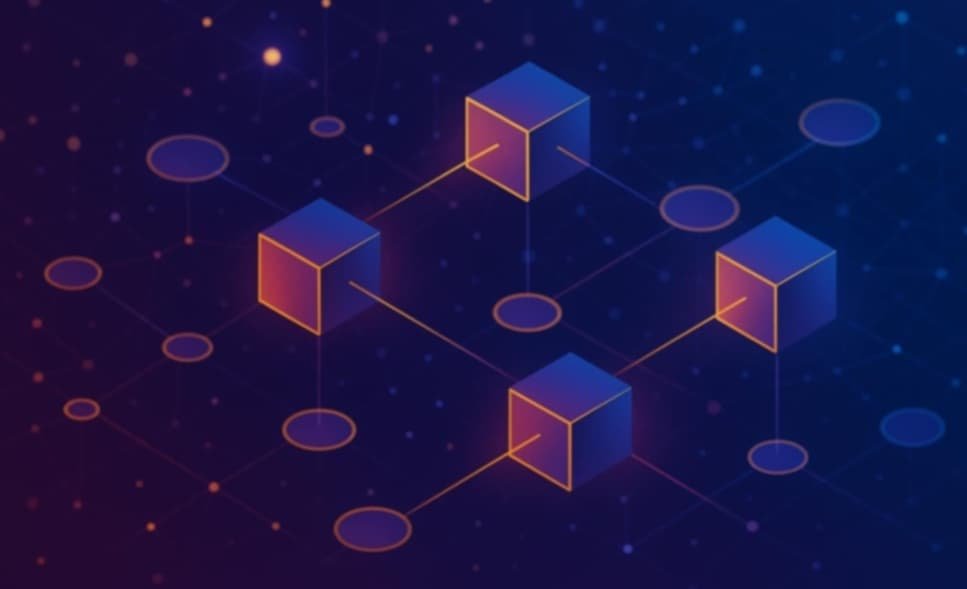
Chapter 6: Decentralized Apps — Replacing Web2 From the Ground Up
If Bitcoin is the treasury layer, and AI is the labor force, then decentralized apps are the interface layer for this new civilization.
In the Web2 world:
Platforms controlled your data
You rented your audience
You had to follow their terms
In the decentralized world:
You own your identity
You own your assets
You own your network, because your followers move with you
Decentralized apps are the rebuilt internet, but without the platforms.
Examples:
Farcaster and Warpcast for portable social graphs
Zora and OpenSea for permissionless art and commerce
Uniswap and Balancer for decentralized finance
QuestN and Galxe for onchain loyalty and marketing
Even Bitcoin is entering the dApp age through Lightning, Stacks, and rollups.
Decentralized apps are not the next apps.
They are the replacement infrastructure for all of Web2.
No logins. No captchas. No middlemen. Just wallets, ownership, and sovereignty.

Chapter 7: Tokenized Everything — Liquidity Without Borders
If Bitcoin is the hard money base layer, then tokenization is the expressive layer that maps everything else.
Everything that was once paper or bureaucracy is becoming code.
Real estate is becoming tokenized
Bonds are becoming tokenized T-bills
Stocks are now 24/7 digital assets
Reputation is evolving into tokenized contribution scores
Communities are governed by tokenized roles and voting rights
We’ve already reached a point where:
More treasury bills are held onchain than by regional banks
Real estate is traded as tokens at the city level
Some DAOs are tokenizing their own governance systems
This shift removes borders.
You can earn, govern, and build from anywhere.
The phrase “global citizen” used to be poetic. Now it’s literal.
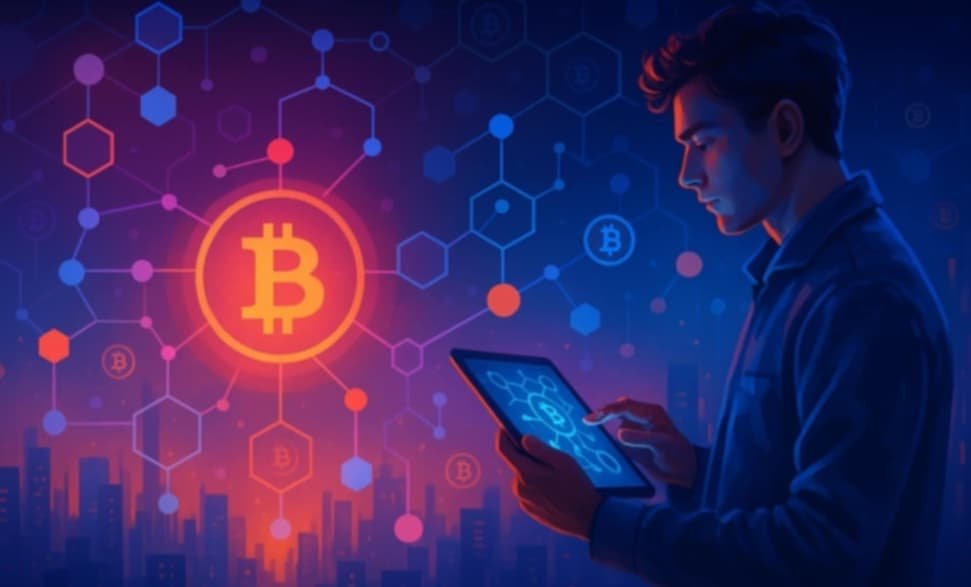
Chapter 8: The Post-Platform Era
The modern web is built on a flawed assumption:
That platforms must sit between people and their value.
Facebook controls your community.
Amazon controls your store.
YouTube controls your reach.
Banks control your money.
That era is over.
The post-platform era is about:
Owning your audience via wallets
Earning peer-to-peer with no intermediaries
Creating sovereign economies not accounts
In this future:
News comes from AI journalists reporting to token holders
Entertainment is funded and shared by micro communities
Education is verified onchain and taught by AI
The platform is no longer a company.
The platform is the protocol. And the users are the owners.
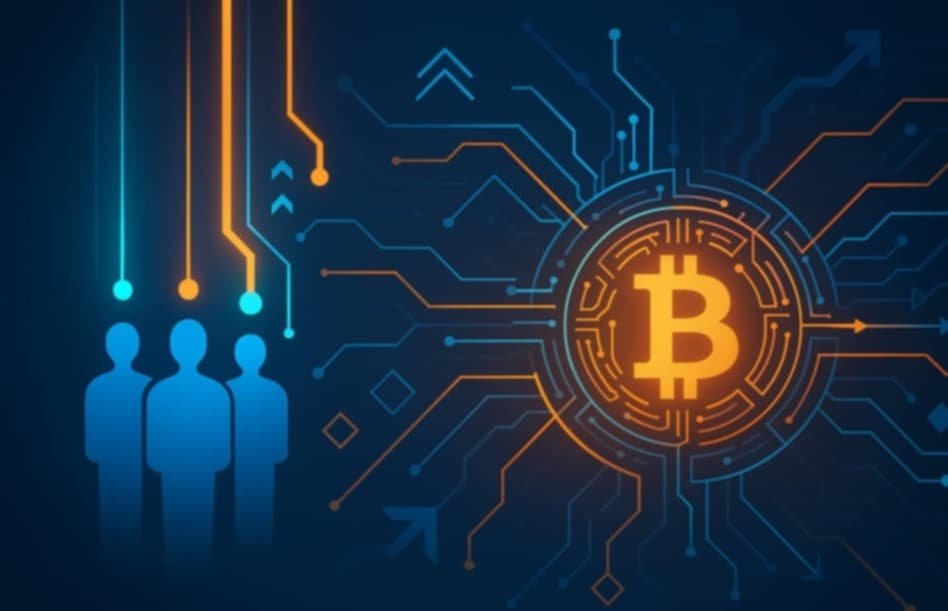
Chapter 9: Digitallik and DGTK — A Sovereign Stack in Motion
Digitallik is more than a token. It’s a live example of the sovereign stack.
Built on five pillars:
- Bitcoin-Backed Treasury
- Tokenized T-Bill Component
- Community as Stakeholders
- Revenue Flywheel from affiliate marketing and commerce
- Smart-contract and AI-driven treasury
DGTK isn’t trying to be a meme coin.
It doesn’t rely on hype or influencers.
It’s a micro-sovereign financial engine backed by real reserves and transparent logic.
Chapter 10: Closing Thoughts — The Builders of This New World
Every era has its builders.
The railroad age had its tycoons.
The oil age had its barons.
The internet age had its coders.
The Bitcoin age has:
The anonymous contract deployer
The marketer turned stakeholder
The nomad running AI agents
The strategist stacking Bitcoin with precision
They are not trying to join the system.
They are replacing it.
They won’t be remembered as influencers.
They’ll be remembered as founders of a new civilization.
This world is coming.
It is not being voted on. It is being built.
And if you’re reading this — you’re early.
